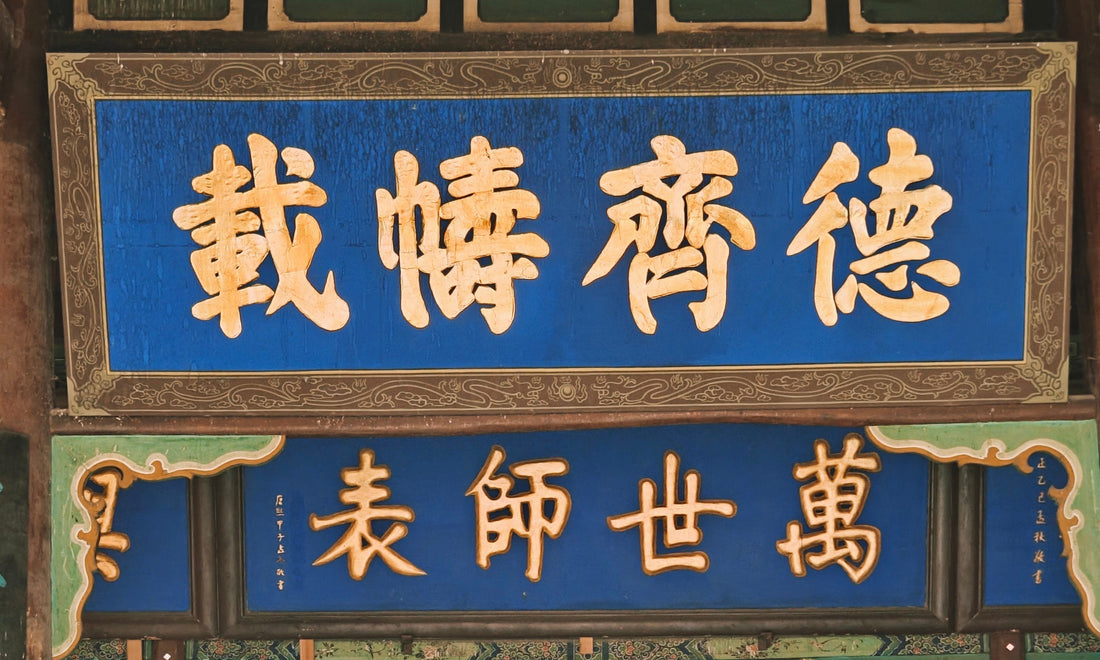
Pingyao Confucian Temple: Millennial Legacy of Scholars' Aspirations
Share
I. Historical Context: China's Earliest Confucian Temple & Jin Dynasty Relic
Constructed in the early Zhenguan era of the Tang Dynasty (circa 627 AD), Pingyao Confucian Temple boasts nearly 1,400 years of history, making it one of China's earliest surviving Confucian temples. Its core structure, the Dacheng Hall rebuilt in the 3rd year of the Jin Dynasty's Dading era (1163 AD), preserves authentic Song-style bracket sets and hip-and-gable roof architecture. As the temple's sole surviving Jin Dynasty relic predating Qufu's Confucian Temple by 317 years, it holds national treasure status. Historically serving as the county academy, it housed the Chaoshan Academy during the Ming-Qing period, nurturing the "education-first" ethos of Shanxi merchant culture.
II. Examination Season Spectacle: A Millennial Spiritual Pilgrimage
During annual academic milestones - college entrance, civil service, and postgraduate exams - the temple becomes a national pilgrimage site. Incense smoke swirls before Dacheng Hall's altar, where kneeling students crowd before Confucius' statue. Behind the hall, the iconic Kuizi Stele (Supremacy Monument) draws throngs of aspirants. This stele bears a unique Chinese character "魁" (kuí) missing its final stroke, traditionally completed only by examination champions. Though Pingyao never produced a top scholar, examinees still touch the character whispering "Kuixing's blessing", praying for academic supremacy.
III. Ritual Practices & Folk Traditions
Kowtow Protocol: Three Bows and Nine Prostrations
Students perform the ancient "Sanbai Jiukou" ritual (Three Bows and Nine Kowtows): first to Confucius, then to the Four Correlates and Twelve Philosophers, finally to the Seventy-Two Virtuous Scholars. Each prostration accompanies silent recitation of Analects quotes like "Is it not a pleasure to learn and practice?"
Symbolic Offerings: Meaning Meets Practicality
- Scallions & Celery: Representing "intelligence and diligence" through phonetic wordplay, bound with red threads.
- Scholar Brushes & Cinnabar: Symbolizing literary talent. Temple masters mark foreheads with cinnabar to "awaken wisdom".
- Red Dates & Longan: Signifying "early success" and "scholarly achievement".
Ritual Activities: From Wisdom Drumming to Dragon Gate
- Drumming Enlightenment: At the east drum tower, students strike the drum thrice, shouting aspirations like "Straight to the top!"
- Crossing Scholar's Bridge: The arched bridge over Pan Pool symbolizes career ascent. Participants must walk the central axis, avoiding edges as moral commitment.
- Leaping Dragon Gate: Under the Minglun Hall's "Dragon Gate" arch, students jump while chanting "Through the gate, renewed destiny!"
IV. Contemporary Heritage: Cultural Education Initiatives
Designated a Study Tour Base in 2018, the temple offers immersive programs:
- First Writing Ceremony: Children in Hanfu robes undergo "attire adjustment", forehead cinnabar marking, and Analects calligraphy practice.
- Imperial Exam Reenactment: Students in period costumes take exams in replica cells, concluding with "Golden List Announcement" ceremonies.
V. Cultural Codices Revealed
The temple's wish culture embodies China's Confucian "scholar-farmer" ideal. Qing emperors' plaques like "Ultimate Teacher" (Kangxi) and "Sage Synthesis" (Qianlong) dialogue with modern exam permits, affirming education's enduring power.
Epilogue
At Pingyao's temple, every incense spiral, whispered prayer, and red thread honors millennium-old traditions. More than architectural wonder, it's a living cultural force weaving historical gravity with modern aspirations - testifying to China's enduring faith in knowledge transforming destinies through devotion.

